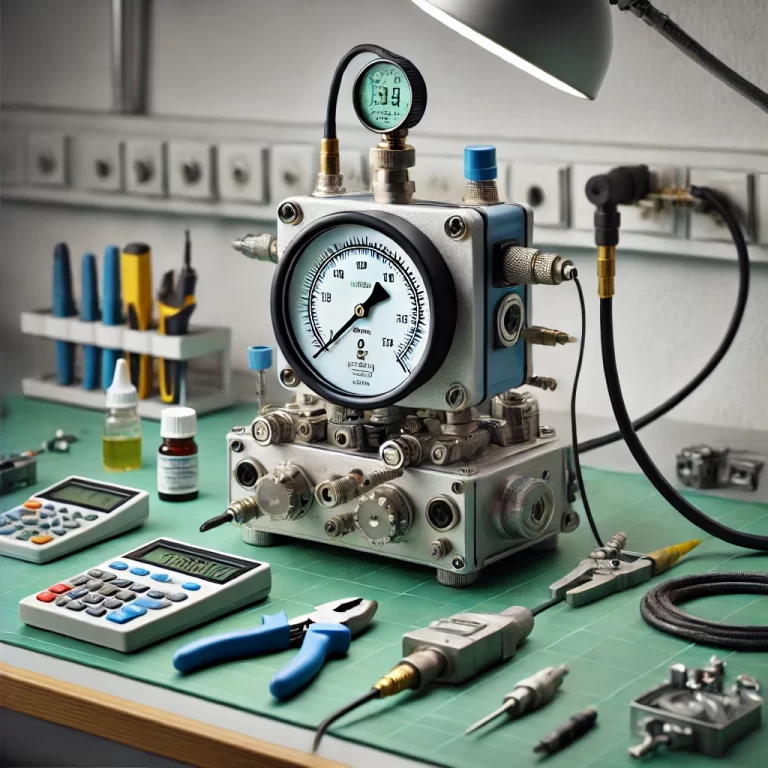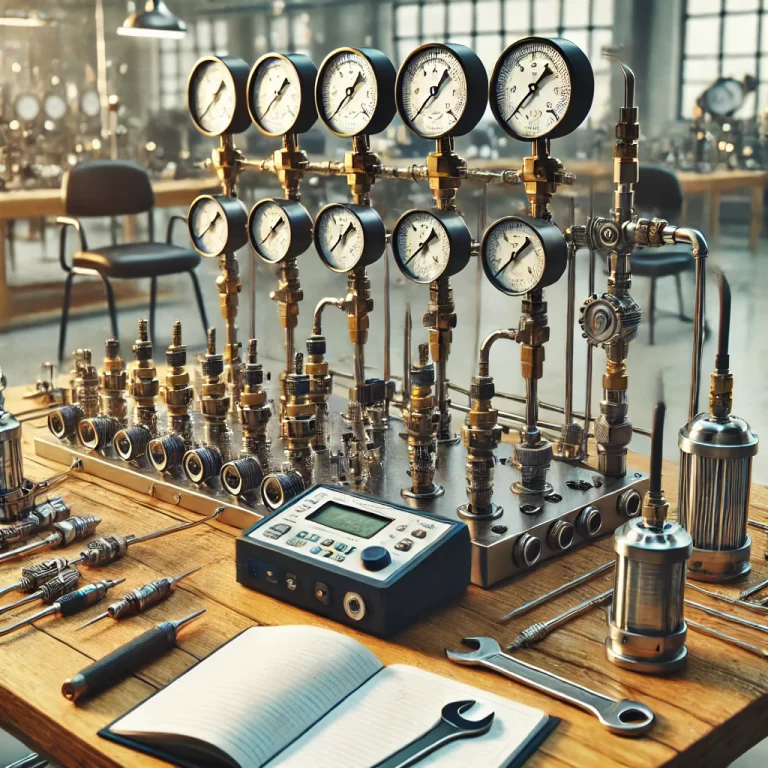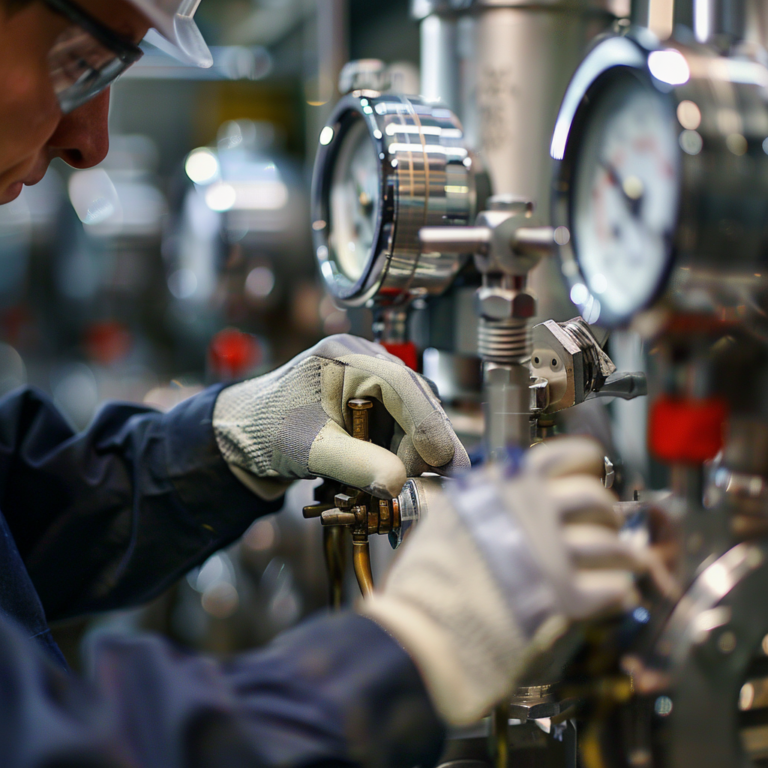A pressure gauge operates by using the elastic deformation of sensitive elements inside the gauge (such as Bourdon tubes, diaphragm capsules, or bellows).
The pressure-induced deformation is transmitted to the pointer through the movement mechanism inside the gauge, causing the pointer to move and display the pressure. When selecting a pressure gauge, we can consider several factors.

I. Selection Based on the Usage Environment and the Properties of the Measured Medium
- In environments with strong atmospheric corrosion, high levels of dust, or where there is a risk of liquid splashing, it is advisable to use a sealed all-plastic pressure gauge.
For measuring dilute nitric acid, acetic acid, ammonia, and other generally corrosive media, an acid-resistant pressure gauge, ammonia pressure gauge, or stainless steel diaphragm pressure gauge should be selected.
For media such as dilute hydrochloric acid, hydrochloric acid gas, heavy oils, and other strongly corrosive substances containing solid particles or viscous liquids, a diaphragm pressure gauge or a pressure gauge with a diaphragm seal should be used. The material of the diaphragm or seal must be chosen based on the characteristics of the measured medium.
For media prone to crystallization, caking, or with high viscosity, a diaphragm pressure gauge should be selected.
In environments with strong mechanical vibrations, it is advisable to use a vibration-resistant pressure gauge or a marine pressure gauge.
In flammable and explosive environments where electrical contact signals are required, an explosion-proof electrical contact pressure gauge should be selected.

II. Selection Based on the Size of the Pressure Gauge
- For pressure gauges installed on pipelines and equipment, a diameter of φ100mm or φ150mm is recommended.
For pressure gauges installed on pneumatic instrument pipelines and their auxiliary equipment, a diameter of φ60mm is suitable.
For pressure gauges installed in locations with low illumination, at higher positions, or in places where the readings are difficult to observe, a diameter of φ200mm or φ250mm should be selected.

III. Selection Based on the Measurement Range
- For stable pressure measurements: The maximum measured pressure should not exceed 2/3 of the full scale of the pressure gauge.
For fluctuating pressure measurements: The maximum measured pressure should not exceed 1/2 of the full scale of the pressure gauge.
For high-pressure measurements: The maximum measured pressure should not exceed 3/4 of the full scale of the pressure gauge.
These guidelines ensure the gauge operates within an optimal range, maintaining accuracy and prolonging the instrument’s lifespan.
